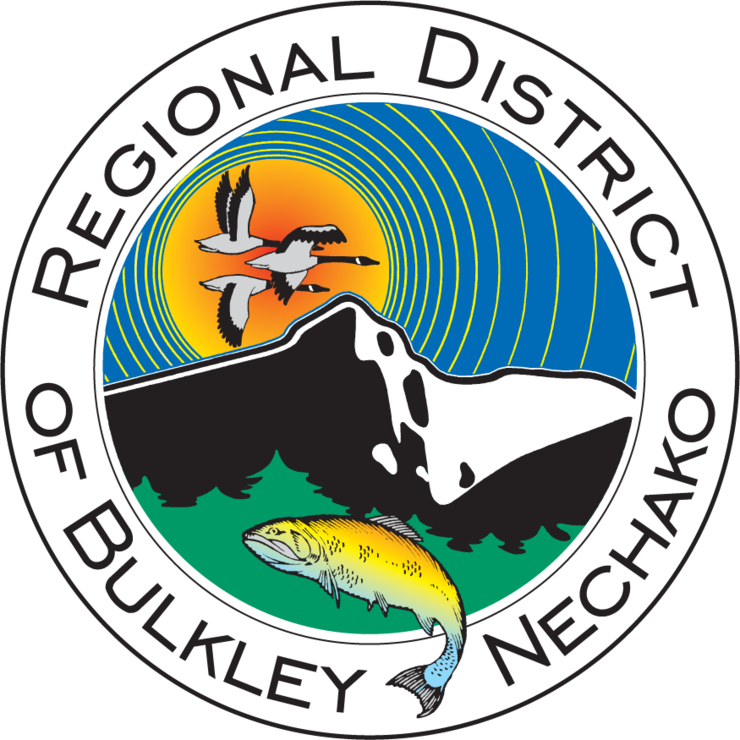 The waste hierarchy begins with reduce. This involves the development of widespread processes and behaviours that both reduce consumption and materials use that have a higher potential for becoming waste.
The waste hierarchy begins with reduce. This involves the development of widespread processes and behaviours that both reduce consumption and materials use that have a higher potential for becoming waste.
The next step, reuse, encourages the purchase of items that have multiple purposes or can be reused without the need to industrially alter the product in any way.
The third step is recycling, (or composting for food scraps) which is the process of taking a waste material and making it into a new item. Recycling still uses resources, however, and has hidden costs from collection, transport and processing.
The fourth step, the last option before disposal, is recovery. This refers to the ability of a waste item to be used for energy creation, such as methane collection or pellets made from wood waste.
The last step in the hierarchy is residuals, which refers to items that cannot be reduced reused, recycled or recovered. This should only be used as a last resort.

